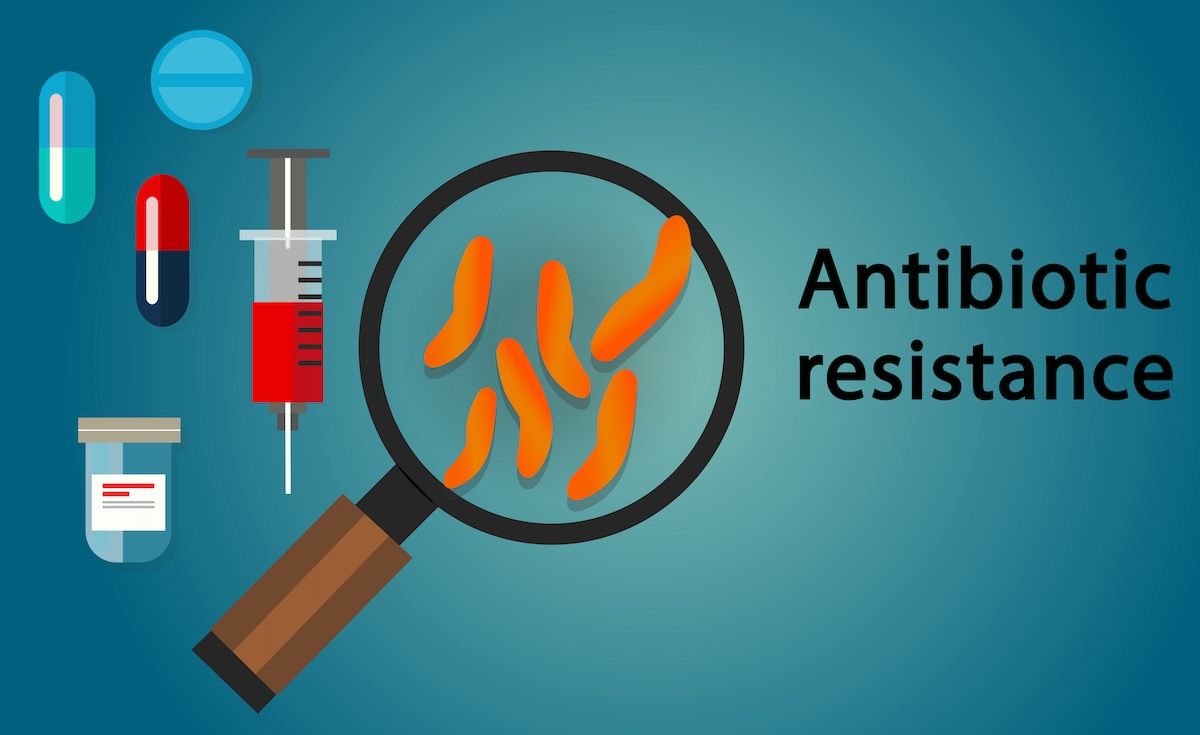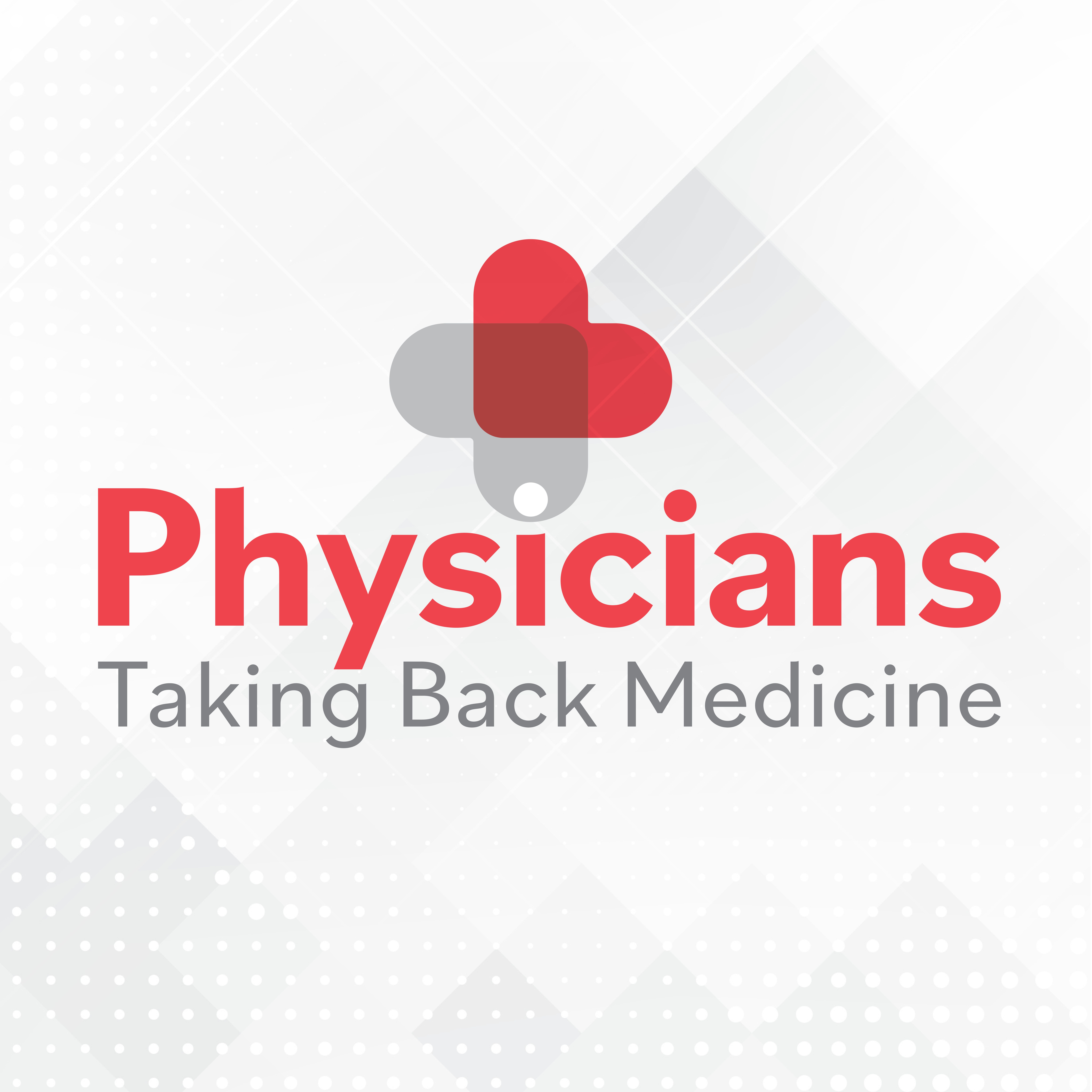Commentary
Article
Preventive antimicrobials: A promising solution to antibiotic resistance
Author(s):
Prevention beats treatment for everyone — patients, payers and investors.
© frza studio90 - stock.adobe.com

The health care industry is at a key juncture in the fight against infections. Antibiotic resistance continues to rise, threatening current medical practice patterns. One potential remedy would benefit patients, providers and payers alike: preventive antimicrobials.
What we’re fighting for
The invention of modern antibiotics in the 1950s sparked a revolution in health care and contributed to global declines in infant mortality and lengthening lifespans. Antibiotics quietly underwrite many aspects of modern health care that we take for granted, like routine surgery and cancer treatment.
Brian Finrow, JD
© Lumen Bioscience

But new ideas will be needed to maintain this continuous improvement trend. Modern antibiotics are already highly effective, so squeezing yet more improvement out of them is incredibly difficult. And rising antibiotic resistance adds urgency: Not only are we at risk of losing forward momentum in the fight against infection, but it’s possible trends may even reverse.
The dismal economics of modern drug development are another part of the problem. Modern antibiotics are already highly effective. Developing new antibiotics is no cheaper than other drugs, but they must compete in the marketplace against cheap and highly effective generics. In a sense, antibiotics are a victim of their own success: The economic incentives to develop such drugs turned sharply negative in the 1990s and have only gotten worse. Recent attempts to fight this bitter commercial logic failed miserably, and this has not escaped the notice of investors.
An ounce of prevention is worth a pound of cure
Preventive antimicrobials offer hope on all these fronts. As opposed to conventional antibiotics, which are used only after infection is raging, preventive antimicrobials aim to stop infections before they start.
This new approach is key to addressing the antibiotic resistance crisis for several reasons:
- Reduced antibiotic use: By preventing infections, we can decrease the overall use of antibiotics, slowing or even reversing the spread of resistant strains.
- Improved patient outcomes: Prevention can spare patients from the discomfort, complications and long-term health effects of infections.
- Cost-effectiveness: Preventing infection significantly reduces health care costs associated with treatment, hospitalization and management of complications.
- Broader protection: Prevention doesn’t just help the treated individual, it offers additional benefits to others in the area who may be at higher risk.
Financial implications
From a business perspective, preventive antimicrobials also offer several advantages over traditional antibiotics for every participant in the health care ecosystem.
Most importantly, the value proposition is better for patients and health care systems. By preventing costly infections, these drugs can also generate substantial savings for health care systems, making them attractive to payers and providers alike, hence the growing trends toward self-care and insurer interest in bundled payment schemes. These are a good idea on their own merits, but they’ve also received a legislative push in recent years.
It’s also better for patients, who universally prefer to avoid illness than suffer through it, especially those in underprivileged groups, who tend to suffer disproportionately from antibiotic-resistant infections.
There are also benefits for drug developers and research funders. The customer base for preventive drugs is always larger since it includes anyone at risk of contracting the disease, not just those actively suffering from it. This makes preventive antimicrobials more economically viable than conventional antibiotics. A good example is LMN-201, Lumen Bioscience’s investigational drug for preventing Clostridioides difficile infection. Current preventives (fecal microbiota transplant and Merck’s intravenous-infused monoclonal antibody drug) are unaffordable and lack scalability, so they are confined to the small Tier 1 market shown in the figure. By contrast, LMN-201 has potential utility for all patients at significant risk of a near-term infection (the larger Tier 3 market).

Putting insights into practice
The benefits are significant, but implementing preventive antimicrobials will still require careful consideration. To begin with, it will be important to develop new tools to rapidly identify which patients will benefit most. Like firefighting, infection management requires timely and targeted intervention. Fortunately, most infections have known risk periods. For example, certain antibiotics are known to increase the risk of C difficile infection. Identifying these periods can help target C difficile preventive measures effectively. For other diseases, this might include those with recurrent infections, immunocompromised individuals or patients undergoing procedures with high infection risks.
Safety is another consideration. Broad clinical use in the preventive therapeutic modality nevertheless involves giving the drug to many who, in a statistical sense, would not have needed it (since infection risks rarely approach 100%). Put another way, preventive drugs are, by definition, given to individuals who are not yet ill, so the bar for safety is much higher.
In fact, side effects are one reason why conventional antibiotics are not generally used prophylactically. Another is the phenomenon of bystander resistance, whereby antibiotics cause the spread of antibiotic resistance genes even among nontargeted bacteria. For these two reasons, conventional antibiotics will always be confined to the treatment modality.
The experience with LMN-201 (Lumen Bio’s C difficile preventive drug) is again instructive. As a class, biologics are significantly safer than small molecule drugs owing to their greater specificity. Lumen Bio’s biologic drugs are safer because they are orally delivered: Therapeutic proteins are too large for intact systemic absorption, so only the diseased tissues — in this case the lining of the gastrointestinal tract — are exposed to the drug. The same features make them faster and cheaper to develop than conventional antibiotics and injection biologics. In turn, this makes it possible to iterate the formulation quickly enough to keep up with evolving resistance in real time. It is a one-stop solution.
Practical implementation in primary care
As advancing technology makes preventive antimicrobials more widely available, they will necessarily spark the need for innovation in practice patterns. These include developing or adopting tools to identify patients at high risk of specific infections, better informing patients about the benefits of prevention and the risks of antibiotic resistance, and implementing systems to track the effectiveness of preventive measures and any potential side effects. Delivering better care is delivering better value, an opportunity for primary care practitioners to defend against consolidation and would-be competitors in the marketplace.
While promising, the shift toward preventive antimicrobials is therefore not without challenges. Health care systems may also need to adapt reimbursement structures to incentivize prevention over treatment. Most importantly, health care providers and patients may need to shift their thinking from a treatment-focused to a prevention-focused approach.
The benefits could be profound, though. For example, by one estimate, C difficile infection alone accounts for 2.3% of U.S. hospital spending — billions annually. Although it’s best known as a nosocomial infection, a majority of cases are now community acquired, so if anything this underestimates the true costs.
Moreover, if indirect costs like quality-adjusted life-years, premature mortality and caregiver burden are properly accounted for, the true societal cost is far higher. Preventing these costs for a range of infections would represent a societal windfall on par with the miracle of modern antibiotics.
Stopping infections before they start
Preventive antimicrobials represent a significant opportunity in our fight against antibiotic resistance. By stopping infections before they start, we can reduce antibiotics use, improve patient outcomes and cut costs — all at once. Combined with responsible antibiotic use and continued research, we can work toward a future where infectious diseases are even less of a threat to public health.
Brian Finrow, JD, is CEO and co-founder of Lumen Bioscience, a clinical-stage biotechnology company in Seattle.





